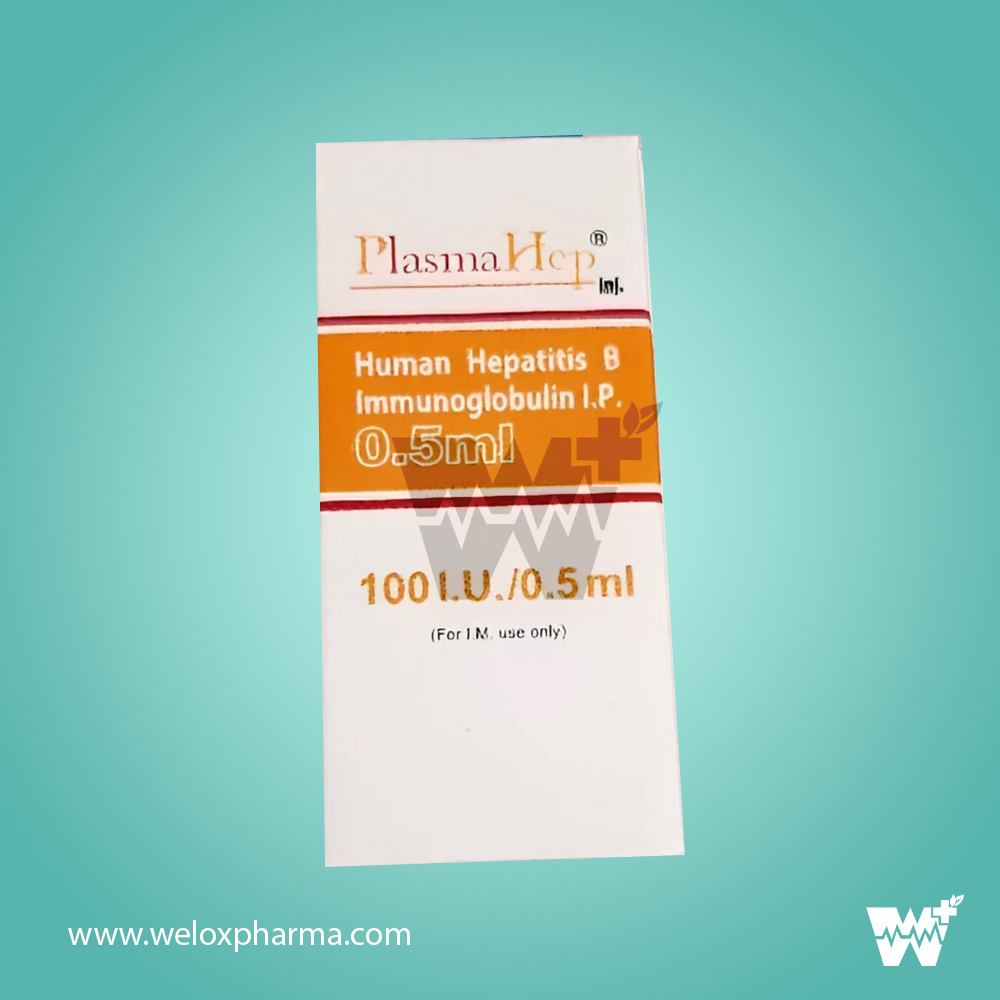



Plasmahep 100IU Injection: Safeguarding Against Hepatitis B
Introduction:
Plasmahep 100IU Injection serves as a protective measure against hepatitis B, a viral infection known for its detrimental effects on the liver. This injection is strategically employed to prevent hepatitis B following exposure to infected blood, be it through sexual contact, accidental needle pricks, transmission from an infected mother to her baby, or post-liver transplant.
Administration:
Typically administered in conjunction with the hepatitis B vaccine, Plasmahep 100IU Injection is derived from human blood plasma and is introduced into a major muscle group, such as the thigh or buttock, through injection. Your healthcare provider will determine the appropriate dosage based on your individual condition. For optimal effectiveness, it should be administered promptly upon identifying the risk of infection. Delaying administration may compromise its efficacy. It's essential to note that this medication does not substitute for a vaccine and does not confer long-term protection against hepatitis B.
Uses of Plasmahep 100IU Injection:
The primary purpose of Plasmahep 100IU Injection is the prevention of hepatitis B infection.
Benefits of Plasmahep 100IU Injection:
Plasmahep 100IU Injection plays a pivotal role in safeguarding against infection by the hepatitis B virus. This virus, capable of causing liver infection, can be transmitted through various means, such as from mother to child, needle sharing during drug use, sexual contact with an infected individual, and sharing contaminated personal items like toothbrushes or razors. Given through injection promptly after exposure to potential infection, Plasmahep 100IU helps prevent the onset of hepatitis B. While it is recommended for infants, children up to 18 years, and adults in high-risk groups, it is important to note that this medication does not provide protection if hepatitis B is already present.
Mechanism of action of Plasmahep 100IU Injection:
Plasmahep 100IU Injection is often administered alongside vaccines. It contains substances that fortify the patient's defense against infections.